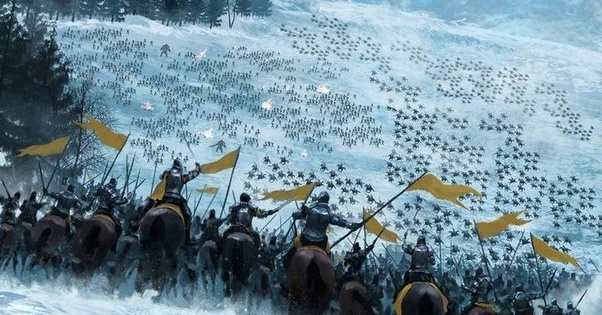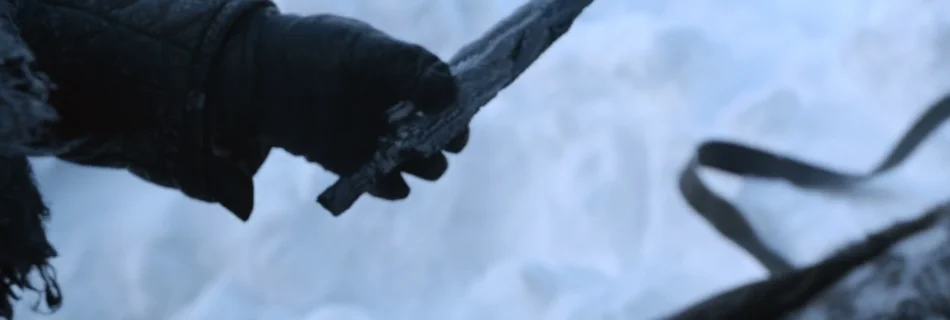The Efficiencies of Comparative Advantage and Specialization: Society Gains from Self-Interest
Objective: Students will explore the concept of comparative advantage and how specialization based on relative efficiencies creates economic gains. They will analyze how individuals and nations pursuing their self-interest through specialization can lead to broader societal benefits. Materials Needed: Lesson Steps: 1. Introduction (10 minutes): 2. Viewing Clip (5 minutes): 3. Group Discussion (15 minutes): 4. …










